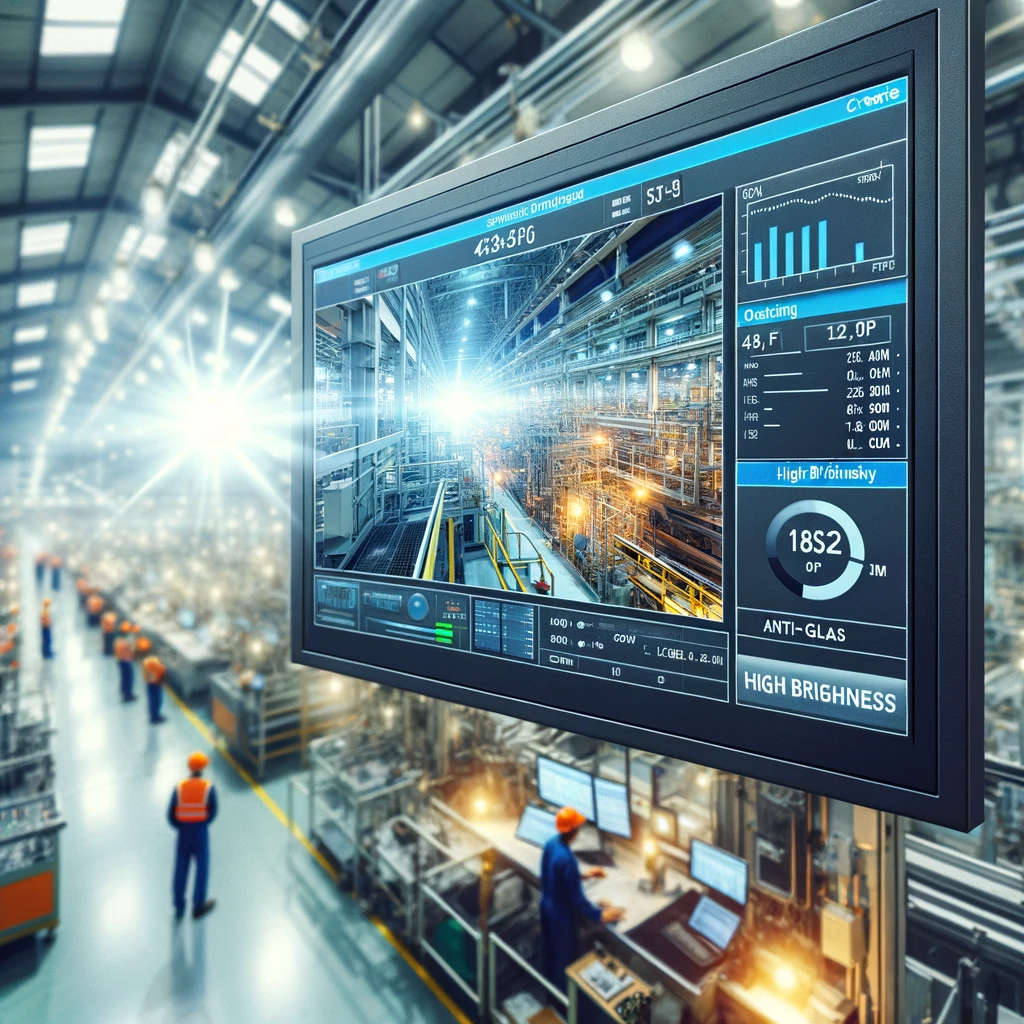The quality of an industrial LCD monitor can be determined by a variety of factors, including:
Resolution: The resolution of the monitor can greatly impact the quality of the display. Higher resolutions will provide a clearer, sharper image.
Contrast Ratio: This measures the difference between the darkest black and the brightest white the monitor can display. Higher contrast ratios result in better picture quality.
Brightness: This is typically measured in candela per square meter (cd/m²). A higher brightness level can make the monitor easier to see, especially in brightly lit environments.
Response Time: This refers to the time it takes for a pixel to change from one color to another. Lower response times can result in smoother motion on the screen.
Viewing Angle: This is the angle at which the display can be viewed with acceptable visual performance. In an industrial environment, a wide viewing angle can be beneficial.
Durability: Given the harsh conditions in some industrial environments, the monitor should be durable and resistant to factors such as dust, water, and impact.
Life Span: Industrial LCD monitors should have a long life span and low failure rate to reduce the need for frequent replacements.
Ease of Use: Features like user-friendly interfaces, adjustable stands, and easily accessible control buttons can enhance the usability of the monitor.
Always refer to the product’s manual or datasheet for detailed information.

